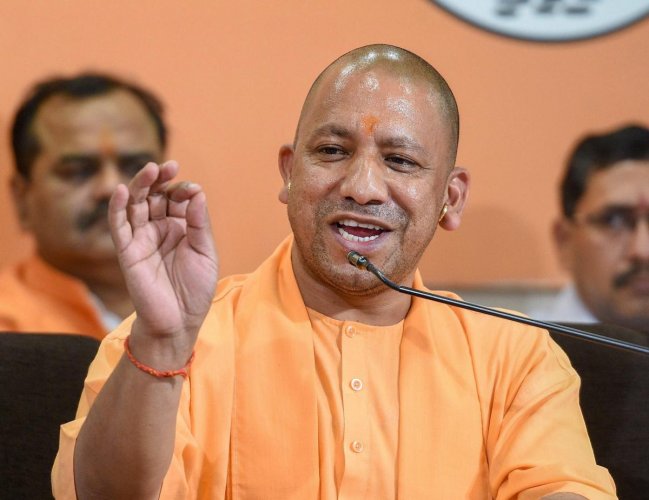
Yogi’s Modi sena remark ignorant; don’t politicise our professional Army

Monk-turned-politician, Yogi Adityanath, is controversy’s child. There is never a dull moment when he is around, especially when he is delivering campaign speeches. On April 1, he pushed the envelope a bit more than he usually does by describing the Indian Army as “Modi-ji-ki-sena” or Modi’s Army.
There were howls of protests from several quarters as Yogi went on to say that during the Congress regime “terrorists were served biriyani” and now in Modi’s time they are getting “goli’s and golas”, meaning bullets and bombs”.
The chief minister of Uttar Pradesh could be pardoned for not knowing enough about the Indian Army or the profile of its solider. The Indian Army is the largest standing volunteer army in the world, which means it’s a voluntary service without the imposition of the military draft and its soldiers are full-time professionals.
For generations the armed forces have maintained basic qualities of dedication, loyalty, nationalism and discipline in the soldiers. There have, however, been a changes in basic qualifications, his or her terms of service, and motivational factors.
Due to the technological push, the educational standards of the Army have been progressively going up and therefore the basic qualifications of a soldier. But the Army’s rural orientation remains unchanged as a majority of the soldiers are recruited from the countryside. The officers are largely middle-class and second or third generation men or women following the footsteps of their fathers. Interestingly, as opposed to conservative fears, education hasn’t softened the solider, whether he is from a village or a city.
The Army has been careful in professionalising its ranks and maintaining its ethnic composition. Over the decades it has been recruiting carefully, allowing an all-India mix in some regiments and retaining its age-old character in some others to keep its overall combat effectiveness.
So when it comes to actual combat, what makes a solider stand up and charge at an enemy position when he is called upon to do so? He knows very well that the enemy has dug in and is shooting at him and his fellow soldiers but he still charges, overlooking his instincts of self-preservation. Why does he do so?
In 1988, the then Chief-of-Army Staff Gen. K Sundarji told this writer that on a theoretical level, it’s fine to say that a solider puts his life on the line “for a cause, for the country, for patriotism, for national order and pride.” This was an important point and plays a part at a higher conscious level. At a baser level, he said, “What really motivates is a small team of eight or seven men in a section with loyalty to each other. It’s the pride of that regiment, in that battalion.”
Gen Sundarji believed that “cultural and ethnic links alone” do not produce fighting spirit, although those links are a factor. But it is the “team spirit and cohesiveness” which really works. There are numerous examples from the world-over to prove his point.
For Yogi Adityanath, it might be difficult to understand the term professionalism or the fact that institutions can’t be made subordinate to a personality. In India’s long military history, soldiers have performed several acts of valour and any attempt to politicise the Army would amount to limiting their glorious achievements.
Therefore any attempt to either politicise the armed forces or using military victories with an eye on votes is dangerous. In India, the armed forces and scientific establishments have huge credibility. Yogi and the BJP are trying to shine in their reflected glory. This should be avoided and institutions must be left alone.


